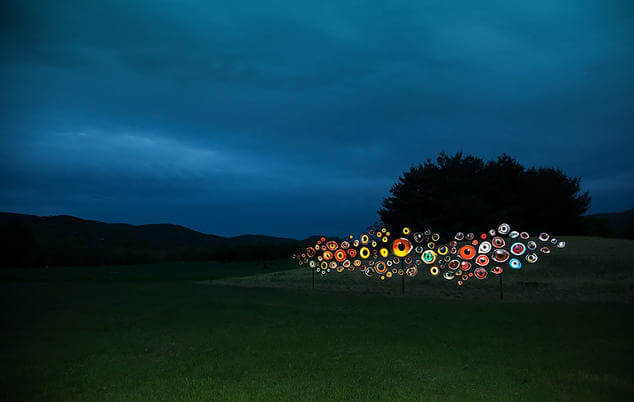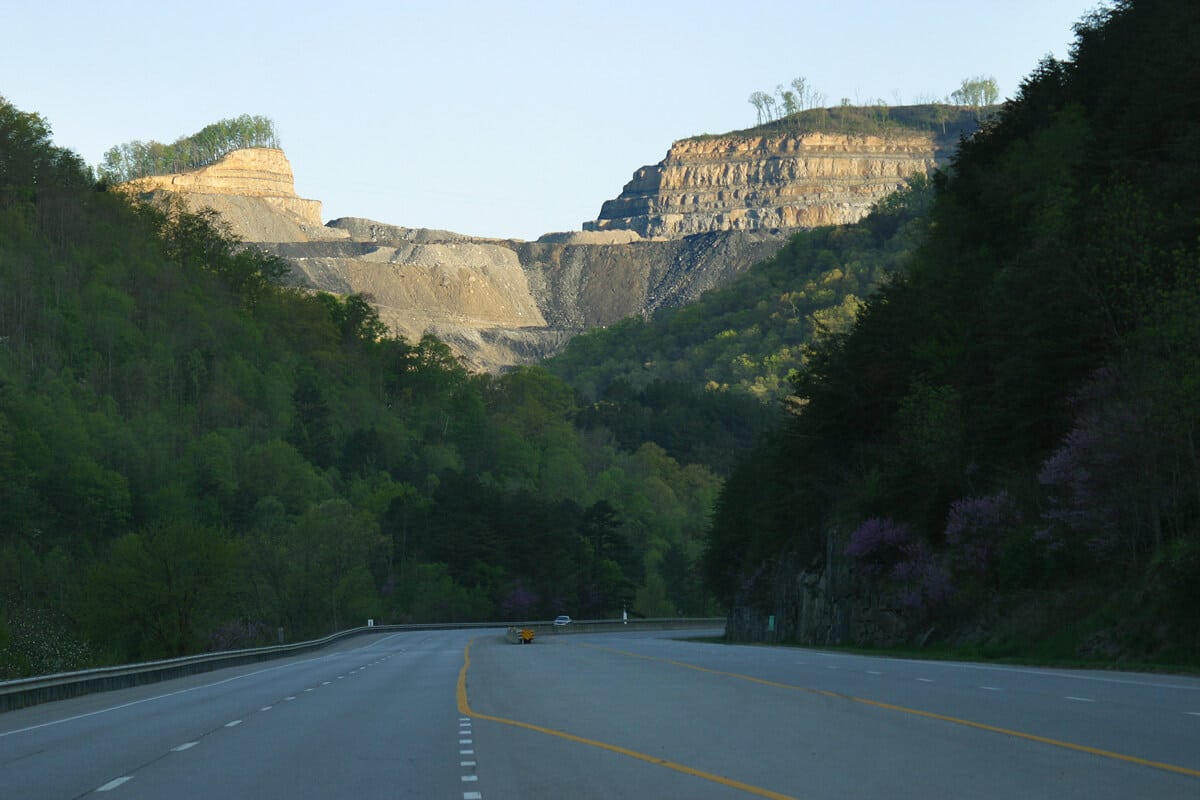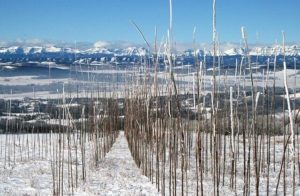- The Meaning of Critical Thinking: A Key Skill for Navigating Today’s Information Landscape - November 3, 2025
- Grandparents Can Develop Activist Grandchildren - September 29, 2025
- Top Six Reasons Credit Union Benefits Are a Smart Choice Over Banks - August 18, 2025
Last Updated on September 8, 2025
Environmental injustice occurs when toxins and chemicals hit some communities harder than others. In fact, poverty and race factor into where industries decide to locate facilities for coal mining. Poor communities in Appalachia experience the terrible impact of mountaintop removal mining (MTR).
What is mountaintop removal coal mining?
I live in Tennessee near the popular Great Smoky Mountains National Park. It is a vast natural habitat of incredible beauty. But the areas impacted by MTR are just as important.
MTR has affected an area of land as large as the state of Delaware. Coal companies have removed over 500 mountaintops and buried or compromised over 2000 miles of pristine streams. They have decimated over 1.5 million acres of land.
Jobs vs. Pollution
In the past, traditional mining has been a source of high-paying jobs. The towns had to balance the tradeoffs of mining against the opportunity for residents to support their families. Now, though, mountaintop mining requires fewer jobs and has a more negative impact on the environment. All this devastation is for much less coal than three decades ago.
Coal companies say Appalachia needs mining for jobs. Again, false. Coal mining jobs in Appalachia have decreased by 60 percent as MTR is highly mechanized. Explosives, machines such as 20 story draglines and bulldozers have replaced more than 100,000 jobs. Those working MTR jobs have little to no social protections and often work in a climate of bullying and fear. Many sites lack regulation, oversight and enforcement, as recent tragedies make sadly clear. The specious argument that Appalachia must choose between jobs and people, jobs and ancient mountains, honoring our coal mining past and having a strong future, must be retired. Ashley Judd
Health Impacts of Coal Mining
Despite the devastation, the lack of coal extracted, and less dependence on coal for electricity production, coal companies continue to remove mountaintops.
There are over a million people who live in counties where MTR takes place and millions more downstream and downwind…we found that people who live where mountaintop removal takes place have significantly higher levels of cardiovascular disease, kidney disease and chronic lung disease like COPD. Death rates from cancer are significantly elevated, especially for lung cancer. We’ve seen evidence for higher rates of birth defects and for babies born at low birth weight. –Michael Hendryx
The practice of taking down old forests, burying explosives, and blowing off mountaintops pollutes the air and the water. The air that residents breathe is full of a super-fine silica that is related to lung cancer. The explosions drop toxins such as cadmium, selenium, and arsenic into the area’s streams.
[Read more posts about environmental activism.]
What can we do about mountaintop removal coal mining?
In my book The Happy Activist (formerly What’s On Your Sign?), I provide a process for choosing the method of activism that best matches your passions and gifts. If environmental justice is your passion, here are examples of ways that you can make a difference.
Educate and Advocate
Understanding the typical arguments for coal extraction will help you advocate. For instance, one argument is that the coal industry provides jobs. However, the solar power industry has more than double the number of jobs as the coal industry.
Likewise, write letters to the editor, hold community forums, and use social media to get your voice heard.
Lobbying Your Elected Officials
Lobbying is a useful tool for influencing elected officials. For example, schedule a meeting with your elected official and explain your concerns about MTR. Write letters. Go to official meetings.
Immediately before Obama left office, the administration issued a rule that coal companies must:
- prevent material damage to nearby streams
- monitor surface and groundwater
- restore streams after mining is complete.
Trump killed the rule. We need more citizen lobbying.
Protest and Civil Disobedience
Consider community organizing again MTR as a way to support poor areas that may lack the resources to organize themselves.
Civil disobedience is an activism method that requires activists to place themselves in illegal situations. Despite the potential for arrest, anti-coal activists use civil disobedience as a way to stop terrible harm to their community. They climb trees to stop companies from felling them. They chain themselves to mining equipment. With the danger in mind, consider whether this is the right activism for you.
Legal Action
Legal action against MTR can be filed under the Clean Water Act and the Surface Mining Control and Reclamation Act.
Earth Justice is the go-to organization for environmental law. For instance, they are part of the landmark lawsuit Juliana v. United States, in which 21 kids are suing the government for their inaction on climate change.
Citizen Watchdogs
The Environmental Protection Agency and other official watchdogs are not monitoring the MTR situation well. As a result, citizens stepped up. For example, Appalachian Water Watch provides a website where citizens can report incidents. Volunteers monitor local water quality.
Art as Activism
When I began to research activism I was delighted to find artists using their talent to advocate for the causes important to them. The National Resource Defense Council adds to traditional activism methods by supporting art. To illustrate this focus, NDRC artist-in-residence Jenny Kindler’s outdoor exhibit featuring the eyes of birds that are in danger of extinction because of global warming is shown below.

To prove the power of art makes a real-life difference, Kendler highlights her 2014 traveling food cart, which distributed balloons filled with monarch-friendly milkweed, first in St. Louis and then in other cities throughout the country. The cart invited passersby to take home a balloon and pop it outside, releasing the seeds to float away and plant themselves in their neighborhoods. Nicole Greenfield
Promote Clean Energy
In a nutshell, the best path toward prevention of MTR is to use safer power sources. Everyone can do this. The breadth of the change needed means activists have choices. To clarify, they can choose among a variety of targets for their activism and match their strengths to several activism methods.
[Inspired? Get The Happy Activist now.]
READ NEXT
Satellite maps of MTR devastation
PBS Video: How mountaintop mining affects life and landscape (9:24)
“Deep layers of underground coal are all but gone in West Virginia after 200 years of relentless mining, leaving thinner seams of coal on top of the state’s beautiful mountains. But surface mining carries a huge cost: nothing less than mountains themselves. Science correspondent Miles O’Brien reports on how the Appalachian landscape is being fundamentally and irrevocably changed.”
Browse more examples of artistic activism.




Pingback: Environmental Injustice is Something Awful in Your Backyard
Pingback: How to Use Artistic Activism to Change the World